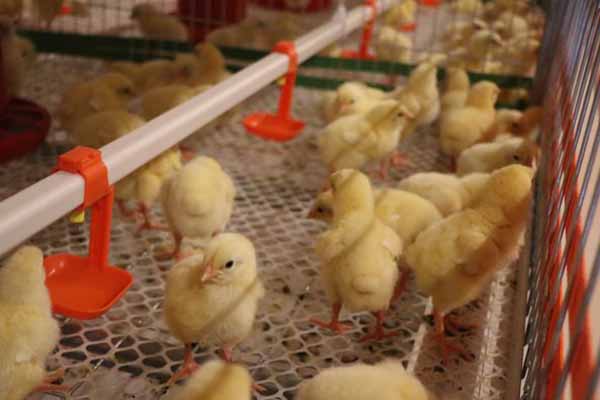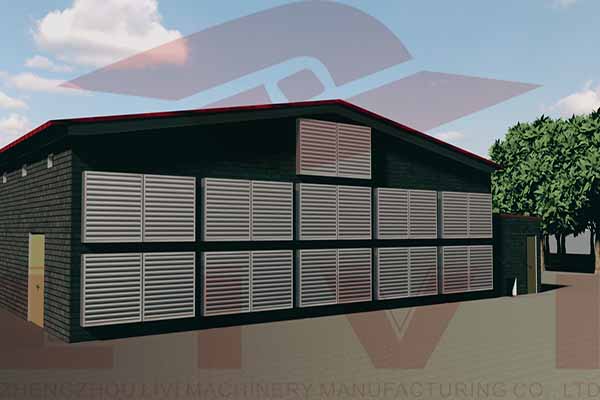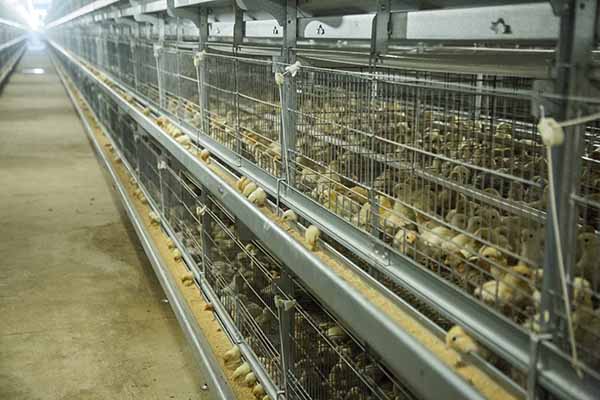Improving Poor Ventilation in Uganda Chicken Farms: A Comprehensive Guide
Time : 2025-06-27
Chicken farming is a vital sector in Uganda, providing employment and food security to many. However, poor ventilation in chicken farms can lead to numerous health issues for the birds, such as respiratory infections, heat stress, and reduced productivity. In this article, we will explore the importance of good ventilation in chicken farms and provide practical tips on how to improve poor ventilation in Uganda’s chicken farms.
Understanding Poor Ventilation in Chicken Farms
Poor ventilation in chicken farms can result from various factors, such as:

- Lack of proper air exchange
- Inadequate ventilation systems
- High humidity levels
- Insufficient air flow
The consequences of poor ventilation can be severe, leading to increased mortality rates, reduced egg production, and compromised bird health.
The Importance of Good Ventilation in Chicken Farms
Good ventilation is crucial for maintaining optimal conditions in chicken farms. It helps to:
- Control humidity levels, preventing the growth of mold and bacteria
- Regulate temperature, reducing the risk of heat stress
- Improve air quality, reducing the risk of respiratory infections
- Enhance overall bird health and productivity
By ensuring proper ventilation, chicken farmers can create a more comfortable environment for their birds, leading to better growth rates, lower mortality rates, and increased profitability.
How to Improve Poor Ventilation in Uganda Chicken Farms
Improving poor ventilation in Uganda’s chicken farms requires a combination of proper design, equipment, and management practices. Here are some practical tips to consider:
1. Assess the Current Ventilation System
Before making any changes, it is essential to assess the current ventilation system in your chicken farm. This involves checking the air flow, air exchange rates, and temperature distribution. You may need to consult with a professional to determine the system’s strengths and weaknesses.
2. Increase Air Exchange Rat es
es
Inadequate air exchange is a common cause of poor ventilation. To improve this, consider the following strategies:
- Install additional fans to increase air flow
- Position fans strategically to ensure even air distribution
- Use exhaust fans to remove stale air and replace it with fresh air
3. Optimize the Layout of the Chicken House
The layout of your chicken house can significantly impact ventilation. Consider the following guidelines:

- Position the house in an area with good natural ventilation
- Use solid walls on the sides and back of the house, while leaving the front and roof open for air exchange
- Ensure that the house is elevated to promote air flow
4. Install Climate Control Systems
Climate control systems can help regulate temperature and humidity levels in your chicken farm. Options include:
- Heating systems, such as heat lamps or radiant panels, to maintain optimal temperatures during cold weather
- Humidifiers or dehumidifiers to control humidity levels
5. Regular Maintenance and Upgrades
To ensure the effectiveness of your ventilation system, regular maintenance and upgrades are essential. This includes:
- Checking and cleaning fans, filters, and air vents
- Replacing worn-out equipment and components
- Updating ventilation strategies and technology as needed
Conclusion
Improving poor ventilation in Uganda’s chicken farms is essential for ensuring bird health, productivity, and profitability. By implementing the tips outlined in this article, chicken farmers can create a more comfortable environment for their birds and enjoy the benefits of a well-ventilated chicken farm.











